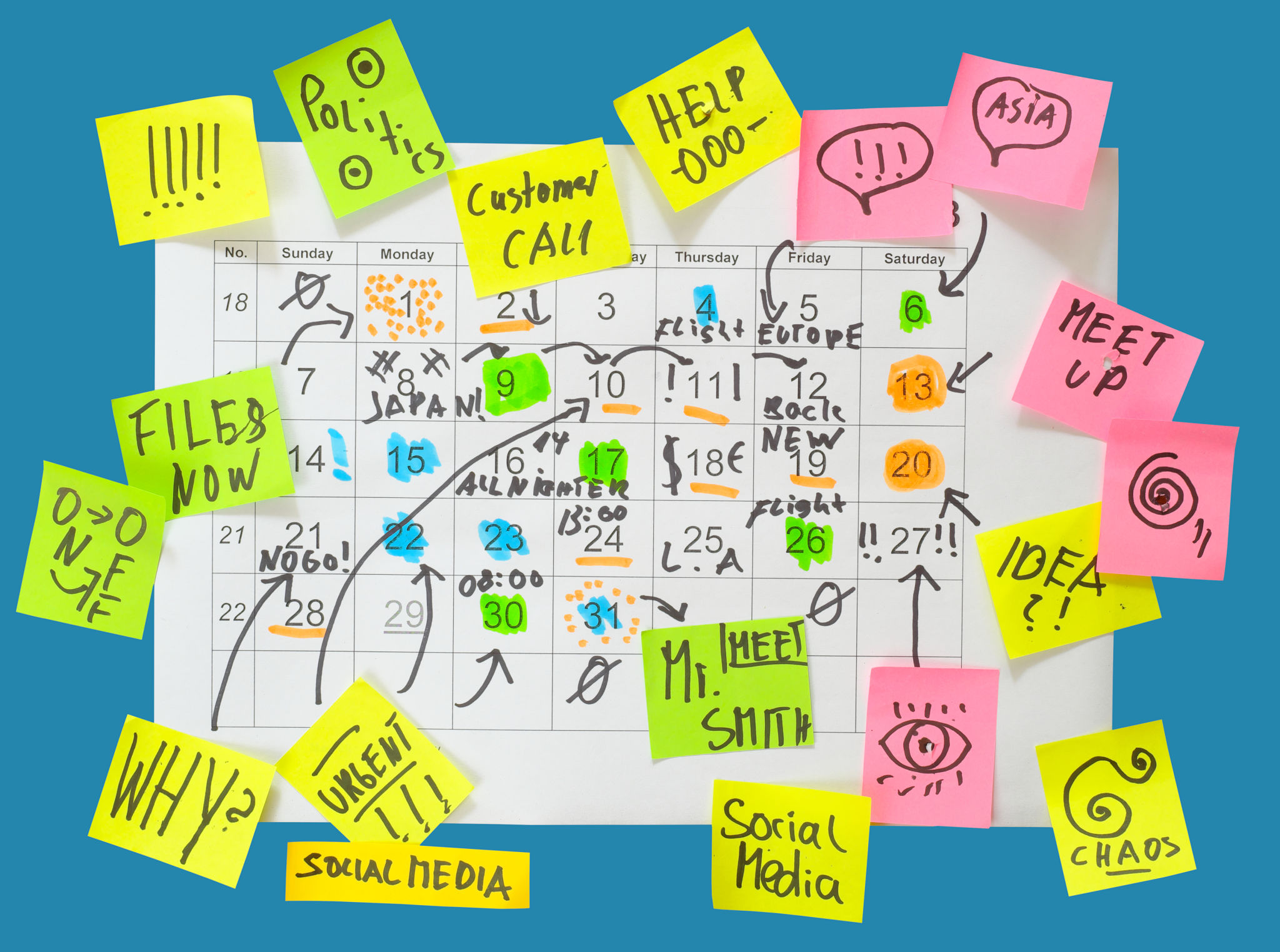Common Productivity Misconceptions and How to Overcome Them
Understanding Common Productivity Misconceptions
In the quest for increased productivity, many individuals fall prey to common misconceptions that can derail their efforts. These myths often lead to frustration and reduced efficiency. By recognizing and overcoming these misconceptions, you can pave the way for more effective work habits and improved productivity.

Myth: Multitasking Boosts Productivity
One of the most pervasive myths is that multitasking leads to greater productivity. In reality, multitasking can actually slow you down. When you switch between tasks, your brain takes time to adjust, resulting in lost focus and decreased efficiency. Instead, prioritize single-tasking by focusing on one task at a time, which can significantly enhance your performance.
To overcome this misconception, try implementing techniques such as the Pomodoro Technique, which encourages intense focus on a single task for a set period, followed by a short break. This method not only improves concentration but also helps maintain energy levels throughout the day.
Myth: Longer Work Hours Mean More Output
Another common belief is that working longer hours results in more output. While it might seem logical, studies have shown that extended work hours often lead to burnout and decreased productivity. Quality, not quantity, should be the focus. Instead of working longer, aim to work smarter by prioritizing tasks and setting clear goals.
Consider using tools like time-blocking to allocate specific periods for each task. This approach ensures that you dedicate focused time to high-priority items, ultimately leading to better results without sacrificing your well-being.

Myth: Technology Always Enhances Productivity
In today's digital age, it's easy to assume that technology always enhances productivity. While certain tools can undoubtedly aid efficiency, technology can also become a distraction. Constant notifications and digital clutter can interrupt your workflow and decrease your ability to concentrate.
To combat this issue, evaluate your digital tools and streamline their use. Turn off unnecessary notifications and set specific times to check emails and messages. By controlling your digital environment, you can harness technology's benefits without succumbing to its distractions.
Myth: Being Busy Equals Being Productive
Many people equate busyness with productivity, but merely filling your schedule with tasks doesn't necessarily lead to meaningful outcomes. Being busy can often mask inefficiencies and prevent you from focusing on what truly matters.

To address this misconception, regularly assess your to-do list and eliminate tasks that don't align with your goals. Focus on high-impact activities that drive progress and contribute to your overall objectives. By prioritizing effectively, you can achieve more with less effort.
Conclusion
Recognizing and overcoming these common productivity misconceptions is crucial for developing effective work habits. By focusing on quality over quantity, utilizing technology wisely, and prioritizing meaningful tasks, you can enhance your productivity significantly. Remember, true productivity stems from strategic planning and thoughtful execution rather than simply staying busy.
